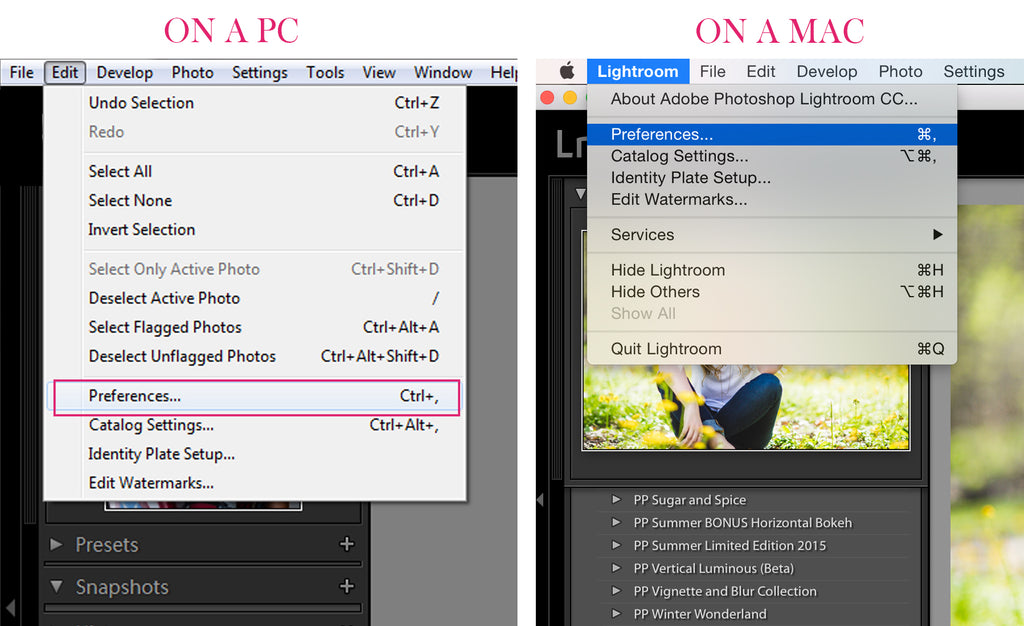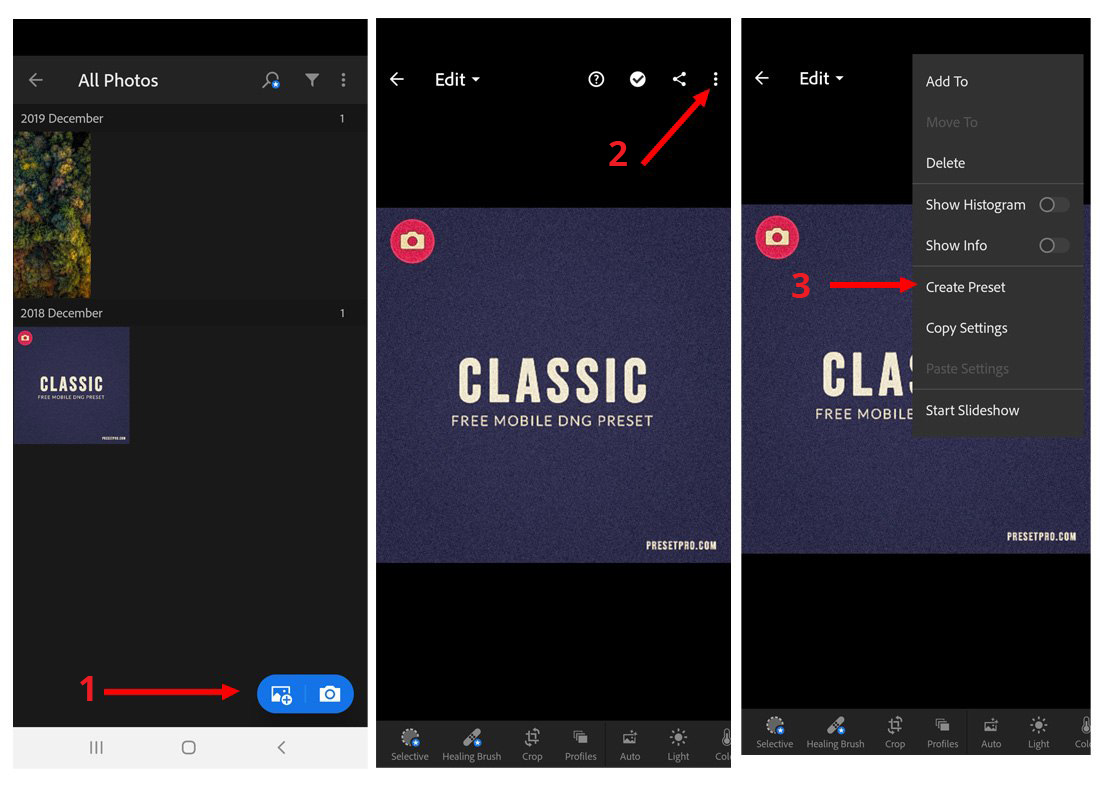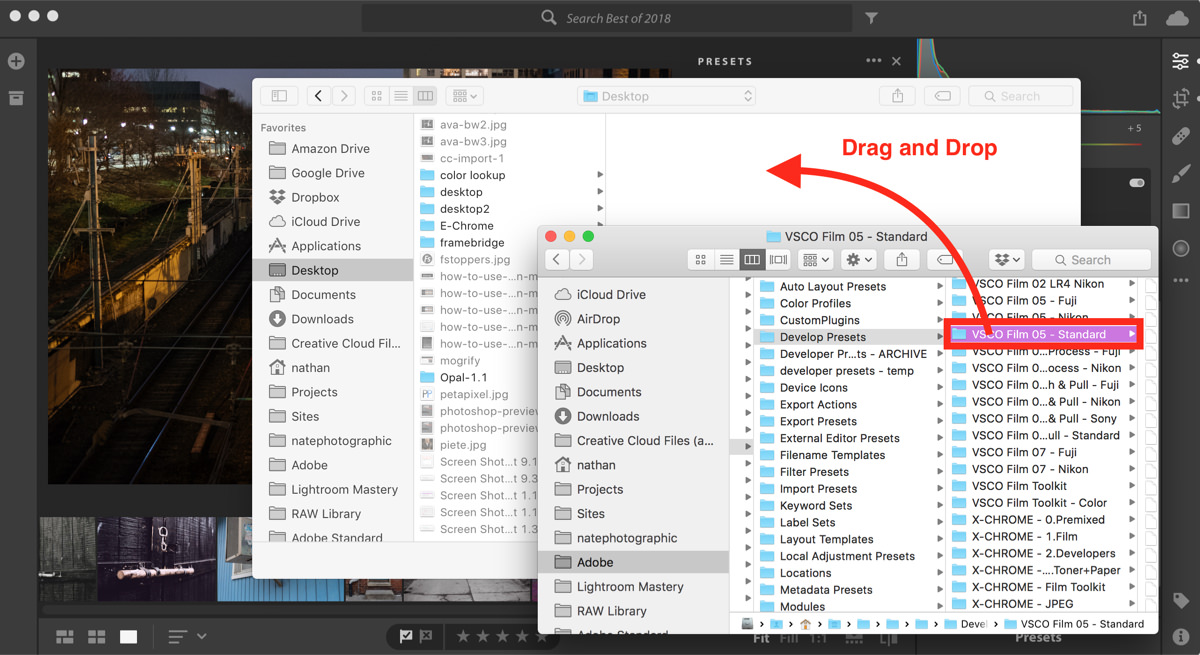
- LIGHTROOM 5.7.1 PRESETS FOR FREE
- LIGHTROOM 5.7.1 PRESETS HOW TO
- LIGHTROOM 5.7.1 PRESETS INSTALL
- LIGHTROOM 5.7.1 PRESETS SOFTWARE
- LIGHTROOM 5.7.1 PRESETS PROFESSIONAL
30 Instagram Blogger Travel Presetsĭownload 8. 40 Free Lightroom Instagram Presetsĭownload 7. 350+ Free Lightroom Presets for Portraitsĭownload 6. 38 Free LR Presets by BeArt-Presetsĭownload 5. 12 Free Lightroom Presets for Fujifilm Camerasĭownload 4. 10 Coachella Lightroom Presetsĭownload 3. 290+ Free Lightroom Presets from Presetloveĭownload 2.
LIGHTROOM 5.7.1 PRESETS FOR FREE
Looking for FREE Lightroom presets to play with? Check out this collection for your personal or commercial projects: 1. Fall Lightroom Presets Pack (8 Phoho Presets) Remember: when in doubt, YouTube and Google are your friends.

But if you’re stuck, just follow this tutorial and you’d be editing in no time. Installing Lightroom presets is quick and easy. Don’t like the exposure or white balance? Just adjust them in a few clicks. You can choose specific bundles to use on specific images so they always come out beautifully.
LIGHTROOM 5.7.1 PRESETS PROFESSIONAL
From sepia to black-and-white, subdued vintage to vibrant – feel free to experiment.įor those who are either selling their photos online or are professional photographers, presets make your edited photos consistent. Lightroom presets are awesome because they also come in all kinds of varieties. Photoshop has the same actions, but it’s more time-consuming and may seem complex for beginners. Lightroom presets save you time and are super easy to use, particularly for hobbyists or merchants. Many of them are offered for free on the Web, which is even better. In essence, presets are simply photo edit settings that allow you to edit images with just a single click, instead of doing the same adjustments repeatedly after every photo.


So if you’re still feeling your way around photography, Lightroom is a better choice.
LIGHTROOM 5.7.1 PRESETS SOFTWARE
The downside is that the software can be heavy on the hard drive, and involves quite a learning curve if you’re a beginner. The shortest answer is this: if you can’t do it in Lightroom (or you want a different effect), use Photoshop. Advanced Retouching, Advanced Healing, Composites). This ‘non-destructive’ form of editing is what draws in fans to this service.īut what about Photoshop? There are some features that you can do better here than in Lightroom (e.g. What’s more, working in Lightroom gives you the freedom to always keep your original file, so you’re free to play around with presets without worries. In short, think of Lightroom as a photo editor and management software. You can create collections, add keywords, make slideshows, as well as quickly share photos on social media platforms like Facebook. This app also helps you organize images in a cinch.
LIGHTROOM 5.7.1 PRESETS INSTALL
Simply install Lightroom to your device, import your raw photos, and begin editing. If you’re a beginner, then you don’t need to worry about too many features. Lightroom is preferred nowadays because of its easy workflow and user-friendliness. Both are photo editing apps and are considered to be must-haves for photographers and creatives. Lately, there has been a debate on which is best: Lightroom or Photoshop. 30 Free Portrait Effect Lightroom Presets 3 Free Lightroom Presets Sample from Joe Mania 100 Free Black and White Lightroom Presets 12 Free Cinematic Photo Effect Lightroom Presets 10 Vibrant and Colorful Lightroom Presets 350+ Free Lightroom Presets for Portraits 12 Free Lightroom Presets for Fujifilm Cameras 290+ Free Lightroom Presets from Presetlove

And don’t be afraid to experiment with different slider strengths if you don’t like a change, you can always adjust it right back. So grab some noisy images, then test out your new noise reduction skills. Now that you’ve finished this article, you can confidently reduce noise in Lightroom – for clean, beautiful files.
LIGHTROOM 5.7.1 PRESETS HOW TO
How to do noise reduction in Lightroom: conclusion I’d recommend using the Masking slider in the Detail panel to keep the sharpening applied only to areas with lots of detail. The selected area of your image will instantly become less noisy.īy the way, if you sharpen your images after removing noise, make sure to use a light touch – increasing sharpness can increase noise. Select the area you want to denoise, then boost the Noise slider. Still, for images suffering from luminance noise, it can be useful, so I do recommend you try it out. It only removes luminance noise (not color noise), and there’s no additional Detail or Contrast slider to help you fine-tune the results. But there is a major downside to this feature:


 0 kommentar(er)
0 kommentar(er)
